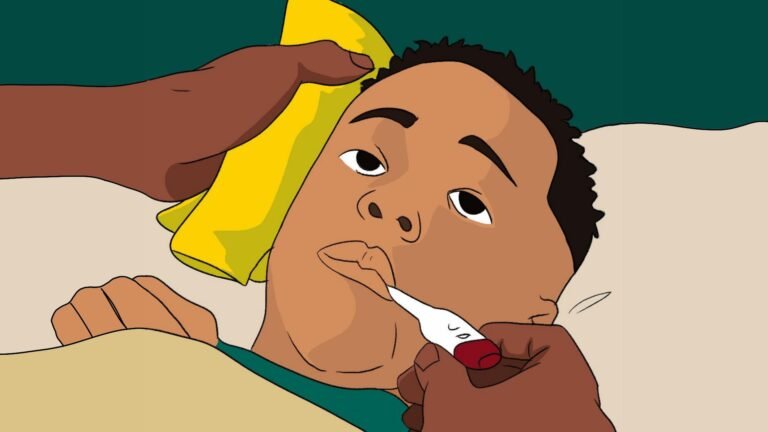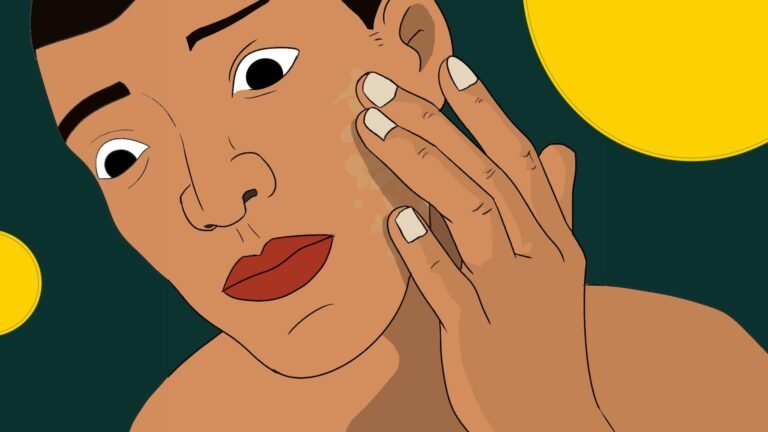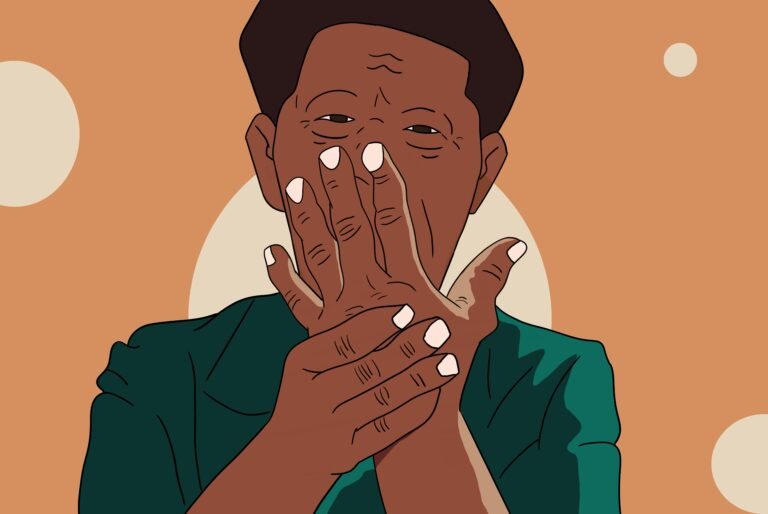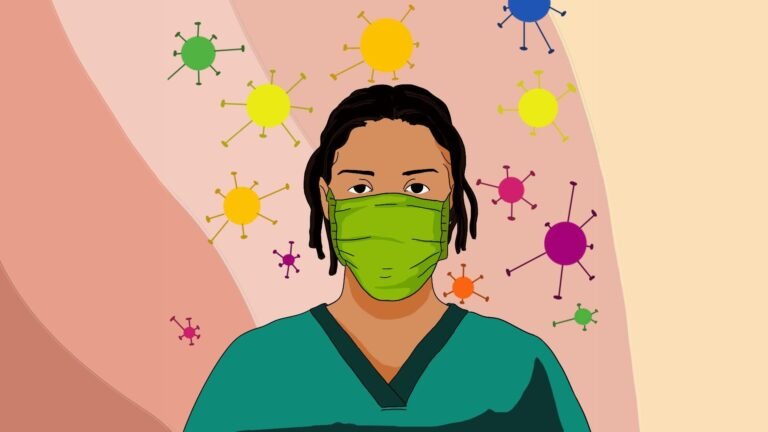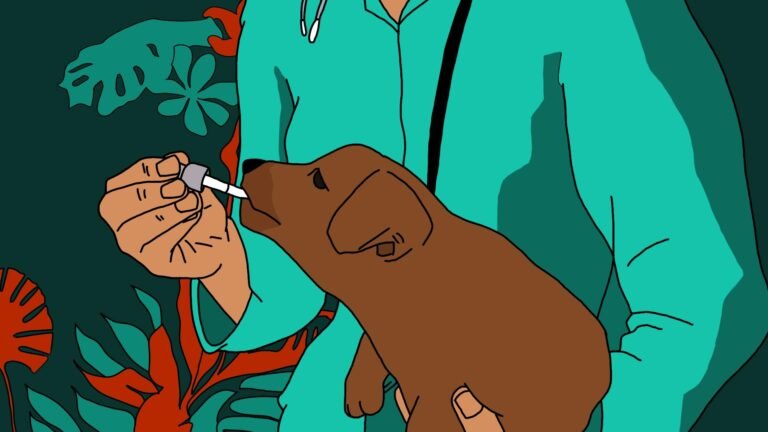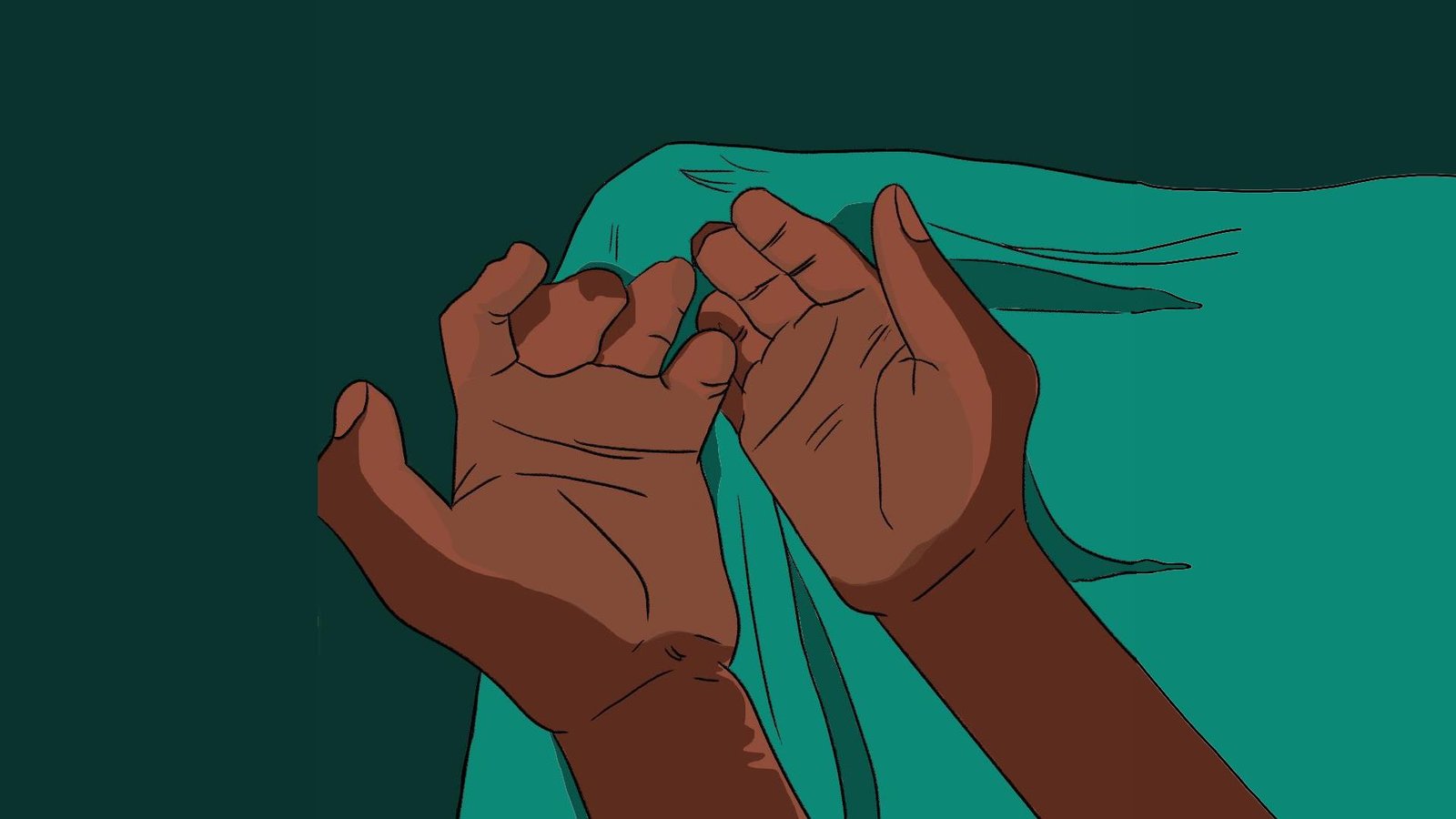
Leprosy
What is Leprosy?
Leprosy or Hansen’s disease is a chronic, progressive bacterial infection caused by the bacterium Mycobacterium leprae. It primarily affects the nerves of the extremities, the skin, the lining of the nose, and the upper respiratory tract. Leprosy is also known as Hansen’s disease. Hansen’s disease produces skin ulcers, nerve damage, and muscle weakness. If it isn’t treated, it can cause severe disfigurement and significant disability. Hansen’s disease is one of the oldest diseases in recorded history.
The first known written reference is from around 600 B.C. there are also biblical references. Hansen’s disease is common in many countries, especially those with tropical or subtropical climates, like Ghana’s. Leprosy is considered shameful, and people hid their symptoms for fear of ostracism despite free and effective multidrug therapy. Today, the diagnosis and treatment of leprosy is easy.
How does Leprosy spread?
The bacterium Mycobacterium leprae causes Hansen’s disease. It’s thought that Hansen’s disease spreads through contact with the mucosal secretions of a person with the infection. This usually occurs when a person with Hansen’s disease sneezes or coughs. The disease isn’t highly contagious. However, close, repeated contact with an untreated person for a longer period of time can lead to contracting Hansen’s disease.
The bacterium responsible for Leprosy multiplies very slowly. The disease has an average incubation period (the time between infection and the appearance of the first symptoms) of five years, according to the World Health Organization (WHO). Symptoms may not appear for as long as 20 years. The main symptoms of Leprosy include:
- Muscle weakness
- Numbness in the hands, arms, feet, and legs
- Skin lesions
The skin lesions result in decreased sensation to touch, temperature, or pain. They don’t heal, even after several weeks. They’re lighter than your normal skin tone or they may be reddened from inflammation.
What are the types of Leprosy?
There are a few systems of classifying Leprosy, a widely used classification is by determining a person’s immune response to the disease: In tuberculoid Hansen’s disease, the immune response is good -with the person having a few lesions. In lepromatous Leprosy, he immune response is poor. This type also affects the skin, nerves, and other organs. Borderline Leprosy has features of both types.
How is Leprosy Treated?
Leprosy is diagnosed after biopsy is sent to the lab for testing, or a lepromin skin test is done. WHO developed a multidrug therapy in 1995 to cure all types of Hansen’s disease. It’s available free of charge worldwide. Additionally, several antibiotics treat Hansen’s disease by killing the bacteria that causes it. These antibiotics include: dapsone (Aczone), rifampin (Rifadin), clofazimine (Lamprene), minocycline (Minocin), ofloxacin (Ocuflux).
What are the potential complications of Hansen’s disease?
Delayed diagnosis and treatment can lead to serious complications. These can include:
- Disfigurement
- Hair loss, particularly on the eyebrows and eyelashes
- Muscle weakness
- Permanent nerve damage in the arms and legs
- Inability to use hands and feet
- Chronic nasal congestion, nosebleeds, and collapse of the nasal septum
- Iritis, which is an inflammation of the iris of the eye
- Glaucoma, an eye disease that causes damage to the optic nerve
- Blindness
- Erectile dysfunction (ED)
- Infertility
- Kidney failure
There may be permanent medical complications despite a successful course of antibiotics, especially in late diagnosis, but your physician will be able to work with you to provide proper care in order to help you cope with and manage any residual conditions.


